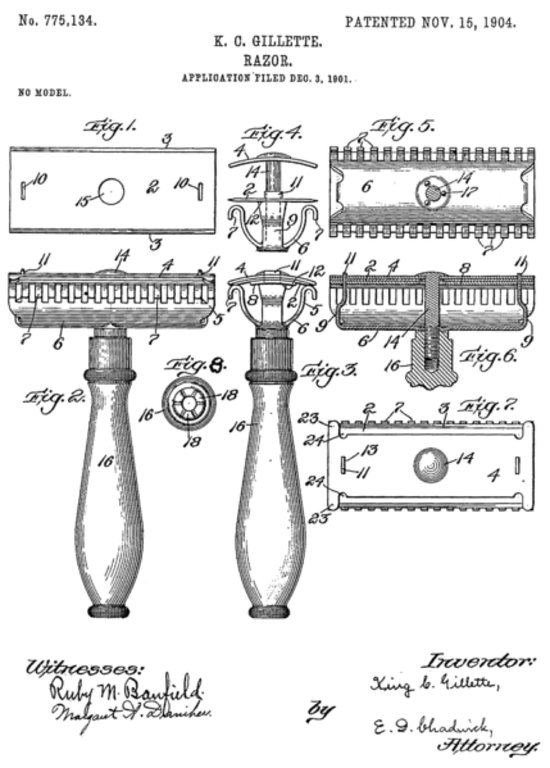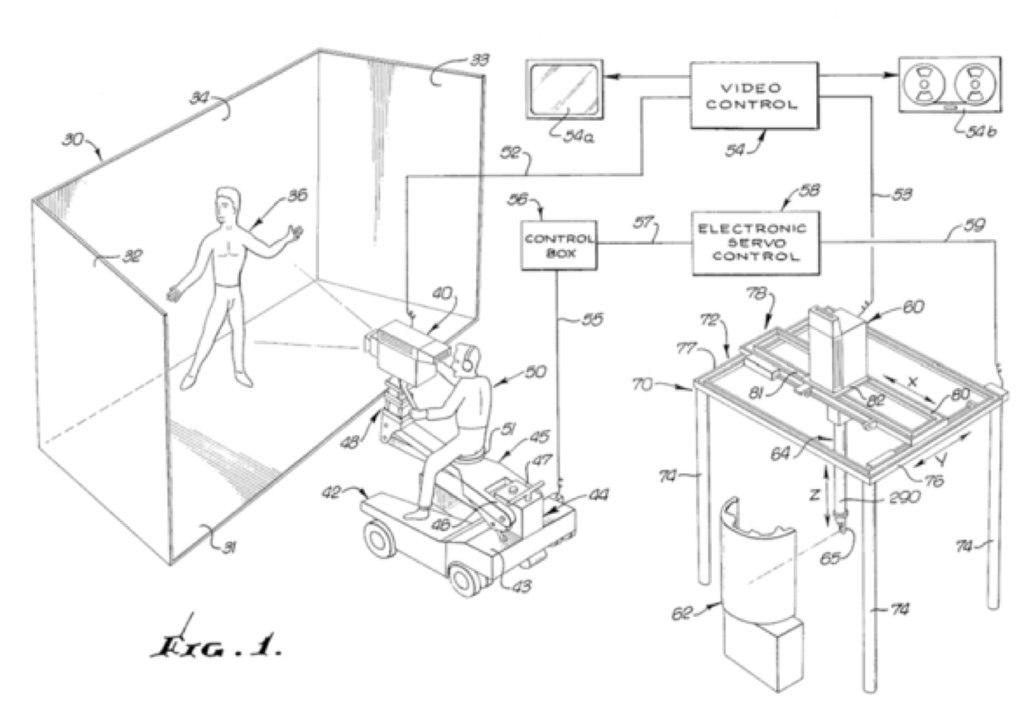There are several benefits of patenting an invention. Patenting hands you the exclusive legal rights to establish a monopoly over the use, ownership, and distribution of your invention. Additionally, the prospect of exclusive monetization and recognition among the peers of the same industry can be an immensely satisfying result for an inventor, which can be another reason to patent your invention. Patenting your invention also prevents other entities or individuals from unfairly using, distributing and receiving acclaim at your expense. The question is: how does one start the process? Read on to find out.
Step I: Searching Among Existing Patents
The patent application process may require sizeable financial investment, and there is still the possibility that your application could be rejected. Since an invention cannot be patented if it already exists, it is extremely useful to complete a patent search. The Canadian Patents Database is a useful tool for those who seek to browse through the patent descriptions of the past 75 years. It is important to be thorough with this research as it gives you a good idea of what inventions have already been filed for and the state of the art in your industry. Patent lawyers and agents in Edmonton are usually the best-equipped to handle the research process as they understand the impact that different references may have on your likelihood of successfully obtaining an issued patent.
Step II: Completing the Patent Application
After you have done your best to determine that your invention is unique, the application process commences. The application contains an abstract description of your invention which works as a brief summary of the invention. The patent application also contains the specification of your invention which explains its technicalities. The challenge with the specification is that it must attempt to clearly, but broadly, define the boundaries of patent protection while simultaneously explaining its uniqueness and usefulness.

Step III: Submitting the Patent Application
The third step includes the submission of your patent application. A formal petition with the required fee to the Commissioner of Patents is mandatory alongside your complete patent application. One also has the option of sending an electronic application online with important attachments such as technical drawings of your invention. You then receive a number and a filing date indicating that your application has been received. Errors made during the submission of the application can cause issues during the patent process.
Step IV: Requesting an Examination
Simply submitting the patent application is not sufficient. Additionally, requesting the examination of your patent application within the designated time period with the appropriate fee is also compulsory. The thorough examination of the application takes time considering the number of applications the Canadian Intellectual Property Office receives generally.
After these steps, your application could be rejected outright or the examiner could raise objections to certain claims made in your application. The complexity of the patent application process makes it imperative that you are represented by experienced patent lawyers or agents in Edmonton. The patent lawyers and agents at Prowse Barrette LLP assist inventors with their patent practices and intellectual commercialization services. To increase your chances of obtaining a patent for your invention, seek professional representation.

